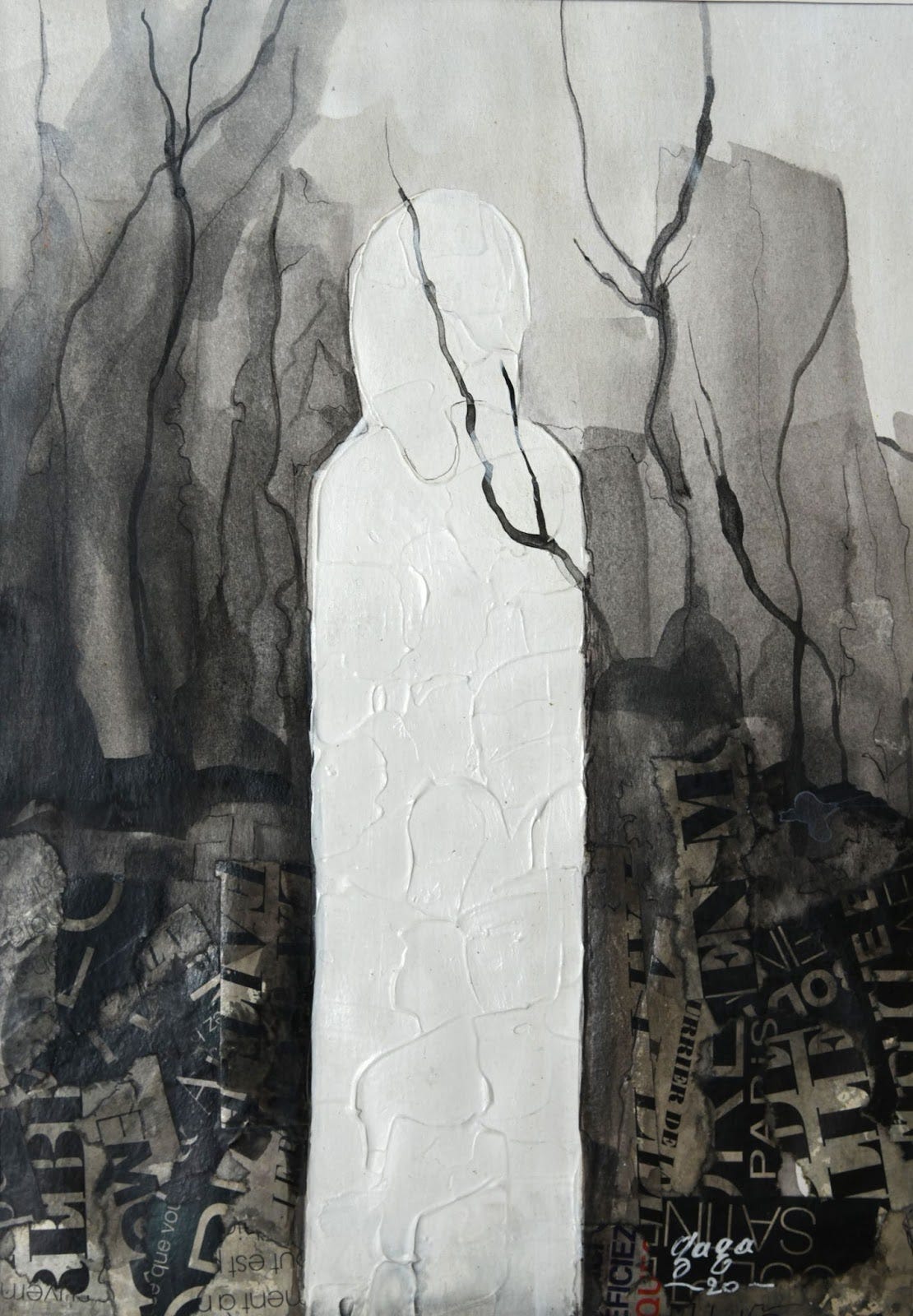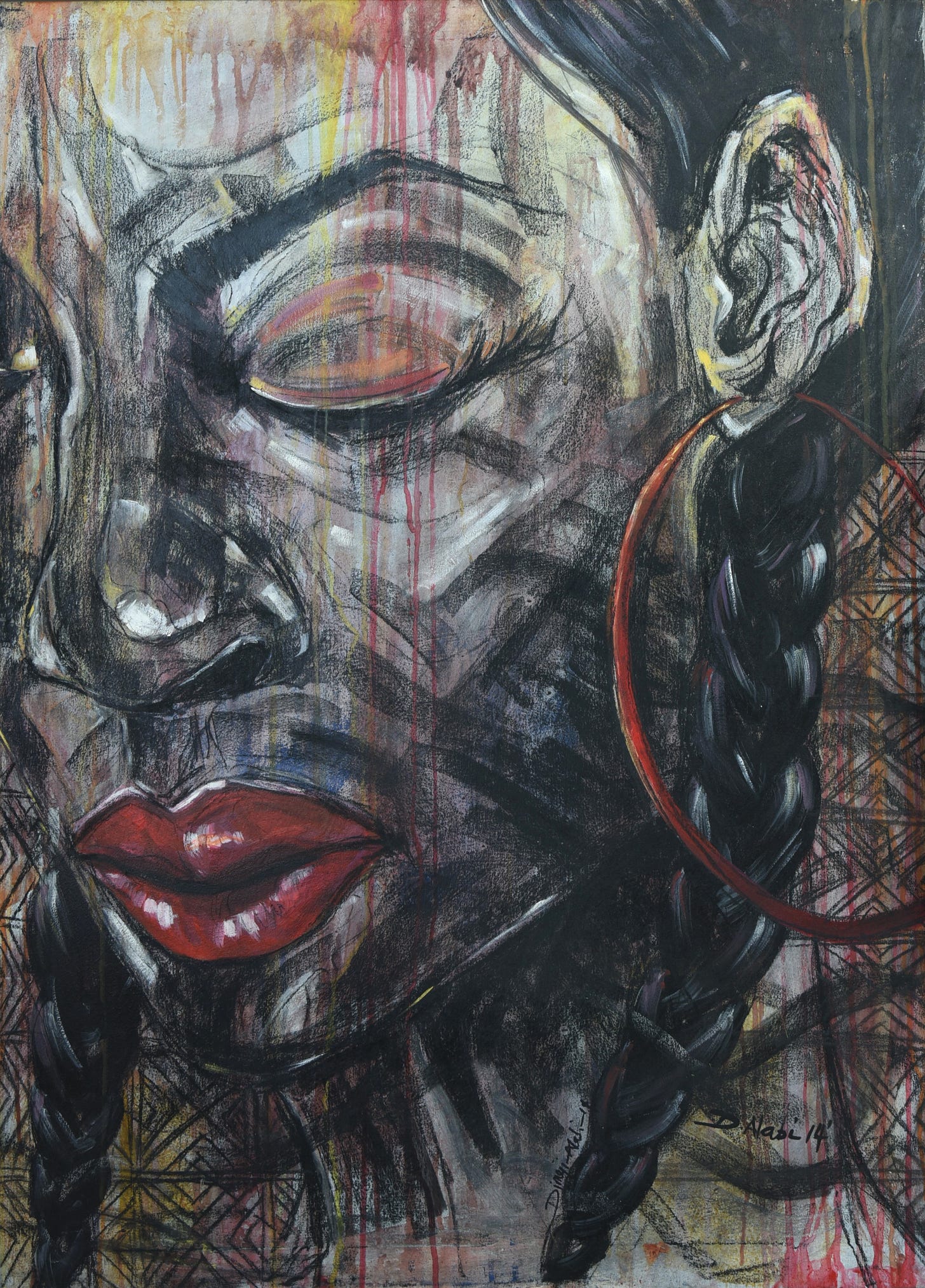
Africa—a continent rich in history, culture, and diversity—has been a cradle of civilisation for the millennia. Its vast landscapes have given birth to countless artefacts that tell the stories of ancient societies, powerful kingdoms, and artistic ingenuity. These artefacts, now scattered across the globe, serve as cultural ambassadors, providing a glimpse into Africa's rich heritage and its lifetime contributions to human history.
Their journeys, however, have not always been smooth. Many artefacts were taken during colonial times, raising questions about ownership and repatriation. Yet, these travelling treasures also foster a sense of wonder. They spark curiosity about the hands that crafted them, the lives they touched, and the long distances they traversed.
In this digest, we will spotlight some of Africa's most remarkable artefacts. We will explore the stories they hold, the controversies surrounding them, and the ongoing efforts to ensure these cultural ambassadors return home where their stories can be shared with the world.
Top Picks of the Week from Our Collection


1. The Benin Bronzes: Artistry and Controversy
The Benin Bronzes are perhaps the most famous African artefacts known internationally. Created by the Edo people of the Kingdom of Benin (modern-day Nigeria) between the 13th and 19th centuries, these intricate metal plaques and sculptures adorned the royal palaces. The Bronzes are a testament to the sophisticated metalworking skills and artistic prowess of the Benin craftsmen.
In 1897, British forces looted thousands of bronzes during a punitive expedition. These bronzes were subsequently distributed to museums and private collectors worldwide. Today, the largest collections can be found in the British Museum in London and the Ethnological Museum in Berlin. Their presence outside Nigeria has sparked intense debates about cultural heritage and the ethics of keeping such items away from their places of origin. Efforts are reportedly underway to return some of these treasures to Nigeria, highlighting the importance of cultural restitution.
2. The Rosetta Stone: A Key to Ancient Civilisations
While the Rosetta Stone is often associated with Egypt, it is essential to remember that Egypt is a significant part of the African continent. Discovered by French soldiers in 1799 near the town of Rosetta (Rashid), this granodiorite stele is inscribed with the same text in three scripts: Greek, Demotic, and Hieroglyphic. The Rosetta Stone became the key to deciphering Egyptian hieroglyphs, unlocking the secrets of ancient Egypt.
Currently housed in the British Museum, the Rosetta Stone is another artefact that has ignited debates about rightful ownership. Time and again, Egypt has requested its return, arguing that the stone is a vital part of its cultural heritage. The British Museum, however, maintains that the Rosetta Stone is a global artefact that transcends national boundaries.
3. The Nok Terracottas: Ancient African Artistry
The Nok culture, one of West Africa’s earliest known civilisations, left behind a remarkable legacy of terracotta sculptures. Dating from 1000 BCE to 300 CE, these figures often depict human heads with elaborate hairstyles and intricate facial features. The Nok terracottas provide valuable insights into the society's customs, beliefs, and daily life.
Many Nok artefacts were discovered in the early 20th century and subsequently made their way to European and American museums. Their discovery has significantly enhanced our understanding of early African societies and their artistic achievements. Exhibitions featuring Nok sculptures continue to captivate audiences worldwide, showcasing the depth and complexity of African art.
More from Our Collection


4. The Makonde Masks: Expressions of Identity
The Makonde people of Tanzania and Mozambique are famous for their intricate wooden masks, used in traditional dances and rituals. These masks are not just artistic creations but are also vital components of Makonde's identity and spiritual life.
Over the years, many Makonde masks have been acquired by collectors and museums worldwide. While they are appreciated for their artistry, it is crucial to acknowledge the cultural significance they hold for the Makonde people. Efforts to repatriate these masks emphasise the need to respect and preserve the cultural contexts from which they originate.
5. The Great Zimbabwe Birds: Symbols of a Lost Kingdom
The Great Zimbabwe Birds are soapstone carvings that once adorned the ancient city of Great Zimbabwe, a mediaeval stone city in the southeastern part of the country. These birds are believed to represent royal ancestors and hold significant spiritual meaning.
When European colonists discovered Great Zimbabwe in the late 19th century, they took several of these bird sculptures to museums in South Africa and Europe. In recent years, some have been returned to Zimbabwe, symbolising a step forward in the recognition of African heritage and the importance of returning cultural artefacts to their rightful places.
The Importance of Repatriation and Ethical Curation
One might wonder, why the prolonged debate about repatriation of African artefacts?
The journey of African artefacts from their places of origin to global destinations often involves complex histories of colonialism and cultural exchange. The debate over repatriation—the return of cultural property to its country of origin—has gained significant momentum in recent years. This is because many African nations call for the return of artefacts because they were taken without consent, arguing that these pieces are essential to their cultural heritage and identity as a people.
Museums and cultural institutions are increasingly recognising the need for ethical curation practices. This includes transparent provenance research, respectful representation of cultures, and where appropriate, the repatriation of artefacts. Collaborative efforts between countries, museums, and indigenous communities are crucial in addressing historical injustices and fostering cultural understanding.
African artefacts that have travelled the world serve as powerful reminders of the continent’s rich and diverse cultural heritage. While their displacement often tells a story of colonial exploitation, their presence in global institutions also provides an opportunity for cultural exchange and education.
As the conversation around repatriation and ethical curation continues, it is essential to honour and celebrate the artistic achievements of African civilisations. These artefacts, whether in Africa or abroad, remain timeless treasures that connect us to the continent’s illustrious past and its enduring legacy.
The story of African artefacts is not just about the objects themselves but about the people, history, and cultures they represent. By appreciating and respecting these treasures, we can foster a deeper understanding of Africa’s invaluable contributions to the world’s cultural tapestry.
Until our next digest,
continue to celebrate our rich African heritage as we advocate for these treasures to find their way back home.









